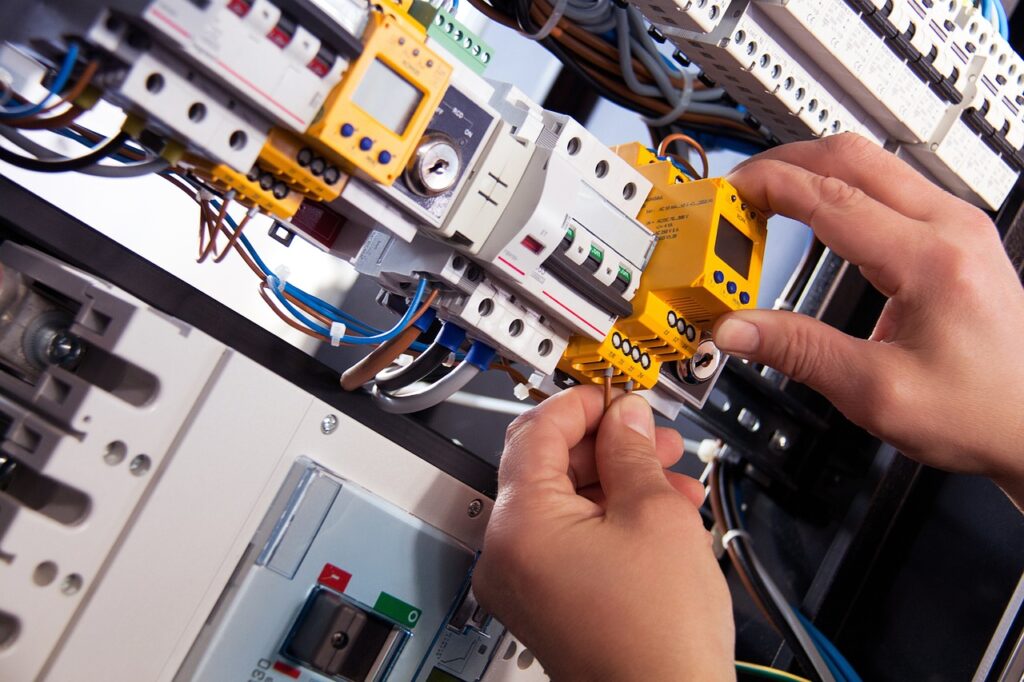
Here are some best practices for your marine electrical wiring.
If there’s one environment that is not conducive to electrical systems and wiring, it’s on board a boat. Marine environments subject electrical system components like switches and wires to extreme heat, corrosive chemicals, and constant vibration, pounding, and movement. Because of these detrimental factors, marine electrical systems are susceptible to many failures, some of which can be extremely dangerous. Properly wiring your boat will protect you from these dangers and ensure your vessel functions at its peak. Here are some best practices for your marine electrical wiring.
What Is Marine Electrical Wire?
Marine electrical wire, or marine grade electrical wire, is a special type of highly flexible cable made with a high strand count of individually tinned copper conductors.
Marine-grade wire has a high conductor count to maintain flexibility. This enables it to make the bends and curves necessary to snake through the recesses of a boat’s interior and makes it easier to make tight connections. The conductors are individually tinned to protect them against corrosion, which is extreme in saltwater environments.
Use the Appropriate Wire Size
It is important to remember that it’s impossible to use wiring that is too big for a circuit, but very easy to use wire that is too light, which can be very dangerous. Using a too small gauge for a circuit will cause the wire to overheat, melting the insulation and causing fires.
It is also important to remember that as the length of the wire increases, the greater the wire gauge you will need to complete a circuit. However, you must consult manufacturer guidelines or an electrical engineer for help wiring your vessel.
Use Marine Grade Terminals
Marine-grade terminals consist of tinned copper lugs designed to be used in a marine environment and possess certain features that make them better for use around water.
Marine-grade terminals, most importantly, have tinned lugs that resist corrosion. These will last longer; if you use terminals with untinned lugs, they will rust away. Marine-grade terminal connections also typically feature closed front lugs that resist water damage.
It is also important to remember not to rely solely on solder as your only bond between the terminal and the battery. Marine-grade terminals crimp onto the battery, providing a solid mechanical connection.
Inspect Wires Regularly
Start by getting into the casual habit of paying attention to wiring every time you encounter it: in cabinets, the engine compartment, sail lockers, bilges, and behind and adjacent to the electrical panel itself. You must be mindful of AC power sources such as shore power and inverters; if any of these are energized or running, then assume every exposed terminal is live AC 120-volt power. Using a tool such as a voltage detector will enable you to determine if the wiring is energized.
Marine Electric Systems, LLC is a Leader In the Maritime Industry
We here at Marine Electric Systems have over 30 years of industry experience. You can trust our team for reliable service and expert craftsmanship in the Maryland, Baltimore, Annapolis, and Baltimore city areas! We’re highly certified and adhere to all ABYC and NMEA regulations. We specialize in top-notch electrical solutions for recreational, commercial, and government boating clients. Anything from electrical refits, to navigation systems, or boating maintenance. To stay up to date on our services, follow us on Facebook, LinkedIn, Pinterest, Instagram, and YouTube. You can also contact us at 410-263-0807.
